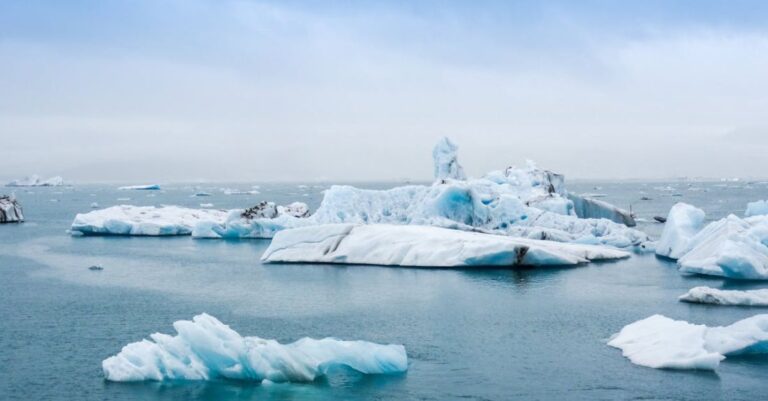
Nestled in the Pacific Ocean, the Galapagos Islands are a haven for unique and diverse wildlife. Home to a plethora of endemic species, the archipelago has become a focal point for conservation efforts, particularly in the face of increasing threats to its fragile ecosystem. The protection of endangered species in the Galapagos is a paramount concern, with various measures in place to safeguard the survival of these iconic creatures.
Preservation Through National Parks
The Galapagos National Park is a cornerstone of conservation efforts in the region. Established in 1959, this protected area covers over 97% of the land in the archipelago, ensuring that the delicate balance of its ecosystems is maintained. The park serves as a refuge for endangered species, providing them with a safe habitat where they can thrive without the threat of human interference. Strict regulations govern activities within the park, with limits on visitor numbers and designated trails to minimize impact on the environment.
In addition to the Galapagos National Park, there are also marine reserves surrounding the islands that offer protection to endangered species that inhabit the waters. These reserves help safeguard critical habitats such as coral reefs and nesting sites for marine animals, ensuring their continued survival. Strict regulations on fishing and boating activities help reduce disturbances to these marine ecosystems, allowing endangered species to recover and flourish.
Conservation Through Research and Monitoring
Research plays a crucial role in the protection of endangered species in the Galapagos. Scientists and conservationists conduct studies to better understand the behavior, population dynamics, and habitat requirements of these species. By gathering data on endangered populations, researchers can develop targeted conservation strategies to address the specific needs of each species. Monitoring programs track the status of endangered species over time, allowing for early detection of any declines in population numbers or threats to their survival.
One such success story is the conservation efforts for the Galapagos giant tortoises. Once on the brink of extinction due to habitat destruction and introduced species, these iconic creatures have made a remarkable recovery thanks to intensive conservation efforts. Breeding programs, habitat restoration, and strict protection measures have helped increase the population of giant tortoises, ensuring their continued presence in the Galapagos.
Community Involvement and Sustainable Tourism
Engaging local communities in conservation efforts is essential for the long-term protection of endangered species in the Galapagos. By involving residents in conservation projects and providing alternative livelihoods, efforts to protect the environment can be more sustainable and effective. Community-based initiatives focus on raising awareness about the importance of preserving the unique biodiversity of the islands and involve residents in activities such as habitat restoration and wildlife monitoring.
Sustainable tourism also plays a vital role in protecting endangered species in the Galapagos. By promoting responsible travel practices, such as respecting wildlife and following designated trails, tourists can minimize their impact on the environment. Eco-friendly lodges and tour operators adhere to strict environmental standards to ensure that tourism activities do not harm the delicate ecosystems of the islands. Revenue generated from sustainable tourism is often reinvested in conservation projects, further supporting efforts to protect endangered species.
Looking Ahead: Challenges and Opportunities
While significant progress has been made in protecting endangered species in the Galapagos, challenges remain. Invasive species, climate change, and overfishing continue to threaten the delicate balance of the islands’ ecosystems, putting endangered species at risk. Addressing these ongoing threats requires continued collaboration between government agencies, conservation organizations, and local communities to develop innovative solutions for conservation.
As we look to the future, opportunities abound for further conservation efforts in the Galapagos. Advances in technology, such as satellite tracking and genetic analysis, offer new ways to monitor and protect endangered species. Continued research and monitoring will provide valuable insights into the needs of these species, guiding conservation actions to ensure their survival for generations to come.
In conclusion, the protection of endangered species in the Galapagos is a multifaceted endeavor that requires collaboration, innovation, and dedication. Through the establishment of national parks, research and monitoring efforts, community involvement, and sustainable tourism practices, the unique wildlife of the islands can be safeguarded for the future. By addressing ongoing threats and seizing opportunities for conservation, we can ensure that the Galapagos remains a beacon of biodiversity and a testament to the power of conservation efforts.





